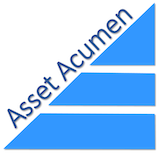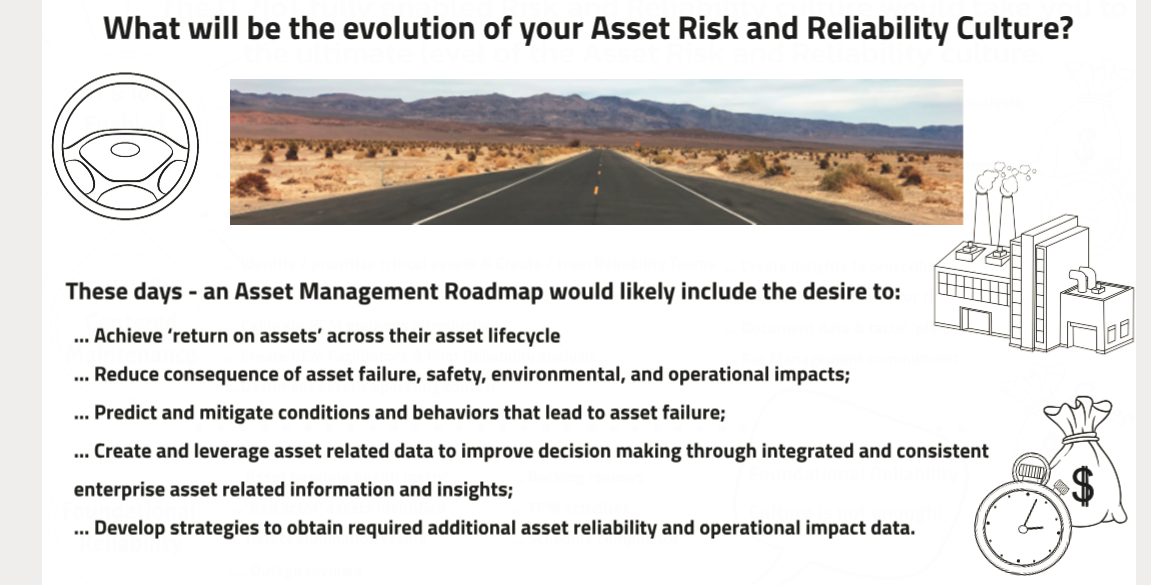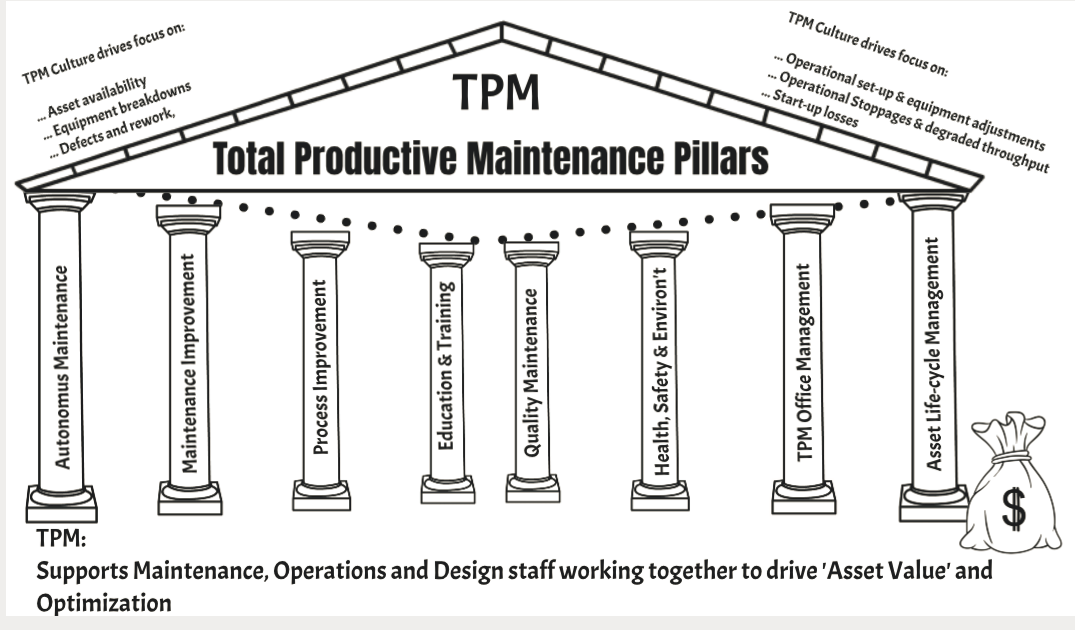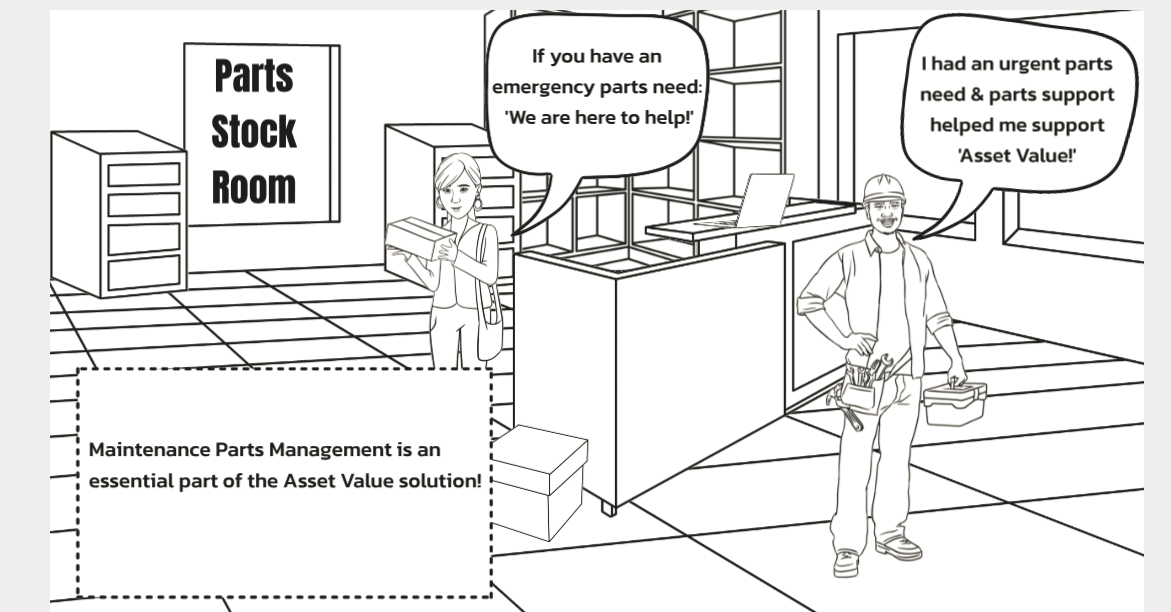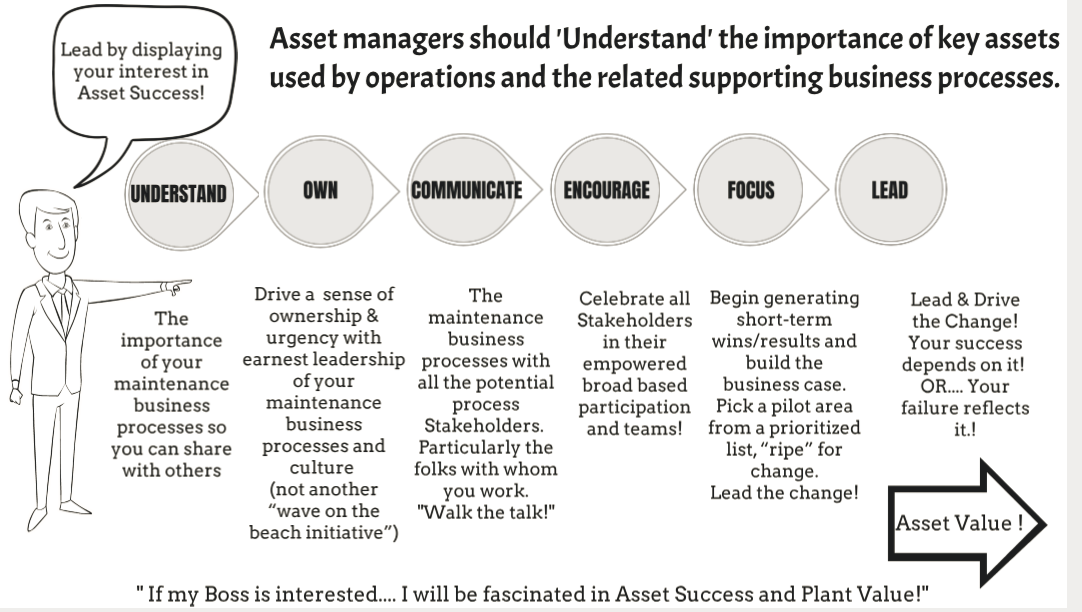Many Asset Management projects have failed to achieve the desired outcome, simply because the critical (people) resources expected to work on the new process/technology/culture change did not feel compelled to comply and internalize the change into a personal habit.
Employee resistance to change has crushed manytechnically sound transformations.
Effecting change in an enterprise is typically 60% people, 25% process, and 15% technology exercise. This is particularly true for Asset Management (or Maintenance if you like) staff who by definition, are:
- Problem Solvers and
- Cynics
I can relate – I am someone with a long career in Asset Management and Maintenance execution!
So why is Change Management often one of the first budgets to be diminished when a Transformation plan is challenged?
Without the success of the people to execute the new process – the process change will have failed!
Change can be perceived to be:
- Major or minor;
- Impacting a staff member personally or be more business-related in nature;
- Viewed as positive or negative; and
- Something that is over when the new process goes “live!”
In any event, change will be perceived to be disruptive, unsettling, and something that should be understood and/or resisted.
Change is definitely not over when you go live!
Just because you inform someone: does not mean they understand?
If they understand: it does not mean they feel positive about the news (or change)!
If they feel positive – does this mean they are ready to implement?
If you implement: It does not mean they are ready to adopt!
It is not until they have internalized the change and made it into a habit that ‘Change’ is complete!

Too often – we all party after “go live” and go home, leaving the new culture to change on its own. This is a recipe for failure! Change management does not end until the business benefits have been achieved and the affected staff has turned their actions into the expected habits!
Resistance to change can increase as employees deal with the stress of multiple or continuous changes.
In this social distancing world, many of us do not have watercoolers as a place to meet our peers but the socializing of an announced change will happen. Today that may be in an external or internal communications tool.
Often this socializing can be heard at the virtual watercooler when staff talk to each other about an announced change and -depending on how well the announcement has been lobbied – how well it is understood, accepted, and filed into the mind of each affected person.
Change enablement folks set out to:
- Anticipate the challenges an organization will face and take action proactively;
- Establish a clear “line of sight” between the program benefits and each, and every change intervention that is planned to be made;
- Ensure change management activities are intertwined with the planned business process redesign, organizational design, and IT so that they will not be separated;
- Have change driven from within the staff affected, versus from outside influencers;
- Leverage change tasks to be undertaken by those best placed to be successful and support success; and
- Make the inevitable disruption something more like a positive journey in which each participant discovers improvements sees the benefits and is motivated to contribute to the change success.
A suggested approach to Change Enablement.
- Confront reality and Integrate your initiatives;
- Focus on strategic contexts:
- Knowing where to invest in change, where to seek improved performance.
- Summon a strong compelling need for change:
- Supported by top management, but should be amplified by the voice of the affected customer.
- Set scope intelligently;
- Let those affected, drive the change;
- Know your stakeholders;
- Communicate, communicate, communicate continuously;
- Measure the success of change throughout the transition;
- Build skills and Plan.
Elements of a Change Management discipline
Successful system implementation is about more than technology. A proven organization change management framework helps link change activities to the delivery of sustainable organization benefits.
Elements of a Change Management discipline
Successful system implementation is about more than technology. A proven organization change management framework helps link change activities to the delivery of sustainable organization benefits.
Change Management as a full discipline can include:
- Transformation Strategy and Management;
- Organizational Design;
- Skills and Knowledge Transfer;
- Stakeholder Engagement and Communications;
- Culture Transformation; and
- Change Leadership.
Change program suggested steps:

A potential transition program focus can include:
- Develop a benefits realization discipline;
- Position leaders to confidently and competently drive change;
- Actively manage stakeholder engagement and communication to maximize understanding, commitment and productivity;
- Ensure integration and alignment of all projects and initiatives;
- Design organization roles and a structure to support the future vision;
- Provide the necessary knowledge transfer and user training to support new processes and technology;
- Position /motivate leaders to deliver change benefit; and
- Track to report on change and benefits.
Key elements for Change success!
Secure your ‘Change’ Sponsor(s)
First and foremost: ensure that you have Executive Leadership and sponsorship of the planned transition and change.
“If the Boss is interested – the staff should be fascinated”
An ideal change sponsor:
- Has sufficient power to legitimize the planned transition, change staff, and stakeholders;
- Is committed to pursuing the change despite the personal or political price that may be paid (alternatively the cost of failing to change is intolerable);
- Has a total, in-depth understanding of what change must occur and the effects it will have on the staff and organization; and
- Has a personal stake to make the change succeed.
Rally your Change Agents!
An ideal change agent:
- Has credibility with your organization;
- Has a successful organizational history;
- Understands the organization’s culture;
- Can lead teams;
- Has outstanding communication skills; and
- Is implementation / goal-oriented.
Identify which staff are affected by the expected change (change target).
A change target:
- Is directly or indirectly impacted by the change;
- Will need to change the way they work as a result of the change;
- Is the recipient of communications regarding the change;
- Will likely feel the greatest impact of the change;
- May show the greatest resistance;
Recognized that:
- Resistance to change is inevitable and somewhat predictable:
- Visualize the journey, anticipate challenges, admit they exist and plan for them.
- A credible leader for change management is key:
- The number one reason projects fail is that the sponsoring leadership is not seen leading the change;
- Consider sources other than Human Resources. Often process, business, IT, or customer experience is a better foundation for a Change Manager
- Don’t let all the effort to justify the project (business case) go to waste:
- With extra focus on benefits realization throughout, keep the project on the hook to deliver real value over the long term;
- Often this can become the responsibility of the Change Lead to manage after “go live” of a major technology transition.
- The importance of communications and stakeholder work is often underestimated
- Invest in it. Dedicate a quality resource(s). Approach it as you would a product launch.
- User training should not just be a series of instructor-led, classroom-based courses run ‘just in time’
- Involve your key users throughout. Educate your users first, then give them training followed by coaching and time to practice;
- Remember that Management may also be experiencing change so communicate and train them early so they can support their staff if issues arise.
- Have a reference place that staff can go to remind themselves of the new process flows and what is expected of them (consider little pocket notes to help the transition).
- Focus on role design; the who does what and when within the solution
- Through role design, the project can bring together and control the user’s new work responsibilities, system access rights, and associated training requirements
- ‘Eat the elephant one bite at a time’
- Role design helps interpret the new process/system for the users and introduces the changes to them in digestible pieces
- Culture change must be addressed, but by all means, call it something else
- People’s discomfort with the word can keep it out of the project. But new “business disciplines, behaviors and ways of working”, linked to role design, give us a way to cover this important area.
- Control the scope of the change team as you would with any workstream:
- Scope control is no less important in the change team. Avoid change management becoming the ‘catch all’ workstream.
The need to be ‘Agile’ is particularly true when supporting Change enablement!
Throughout a major transition you will likely see the need for:
- Performing ongoing leadership development;
- Reassessing the organizational culture to align with changing business priorities;
- Revisiting and updating your stakeholder analysis;
- Enlisting support from other stakeholders;
- Updating the messaging and change method or vehicle of communications;
- Checking the progressing ‘health’ of your change;
- Realigning organizational design towards optimum performance (if needed);
- Refine training methods and implementing ongoing knowledge management;
Successful Change Projects will have the project health elements well accounted for including:
- A compelling need for change
- Clarity of direction
- Visible and committed leadership
- Targeted, effective communications
- Disciplined project management
- Measurable goals
- Broad-based participation
- Single program focus
What can you do to look for Change gaps in your project transformation?
- Confirm the Project ‘Health’ checklist shown earlier;
- Identify the challenges to the change that may be missed;
- Identify Change Sponsor, Change Agents, and Change Targets that may be missed;
- Understand the impact you make on change management with every interaction you have with your organization’s stakeholders; and
- Continue to look for opportunities to help your organization through the change.
Don Barry
Principal Consultant
Asset Acumen Consulting
References:
Basics of Change Management – IBM training notes – 2008
Impact of Change Management in Asset Management (UofT) Presentation – 2019 – Don Barry, Asset Acumen Consulting
Impact of Change Management – Video- 2021 – Don Barry, Asset Acumen Consulting
